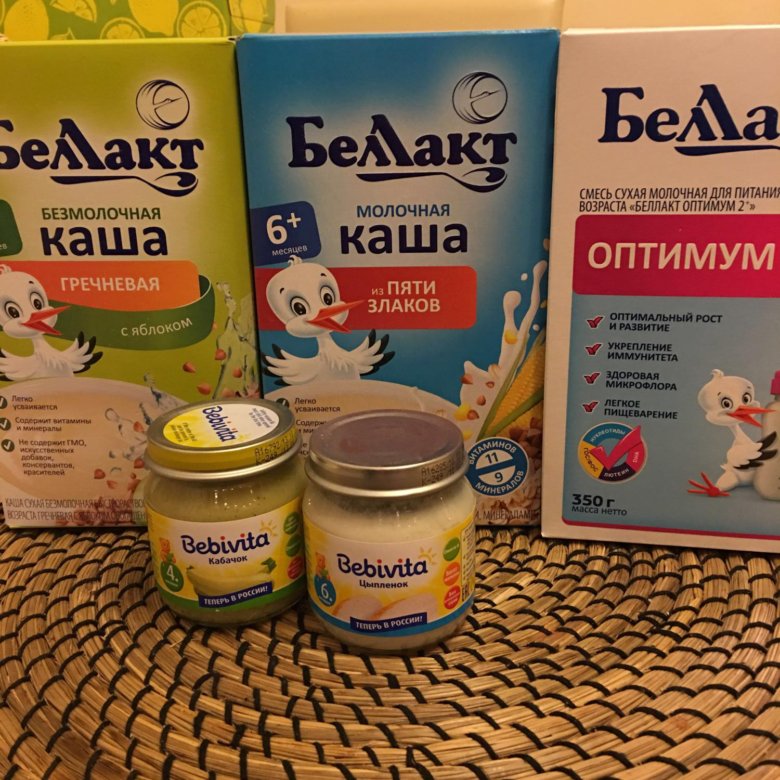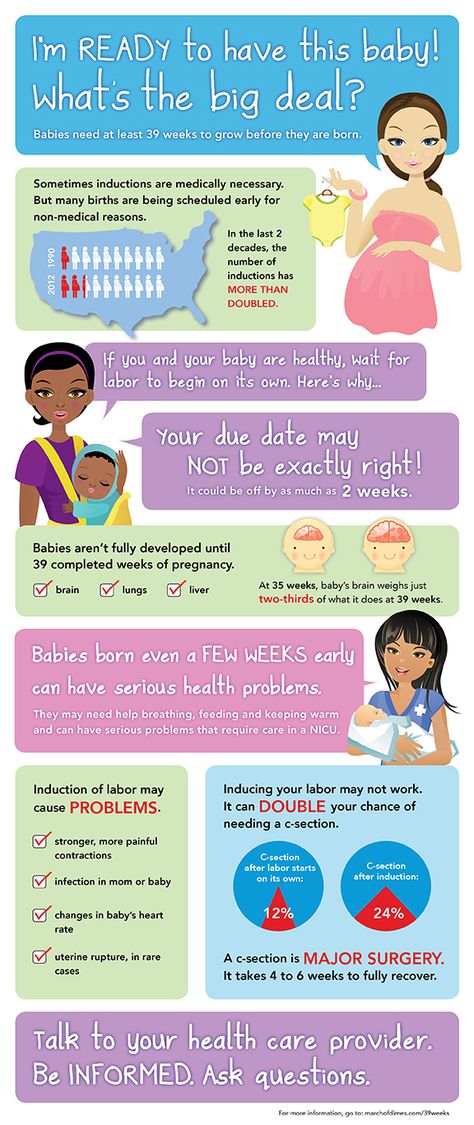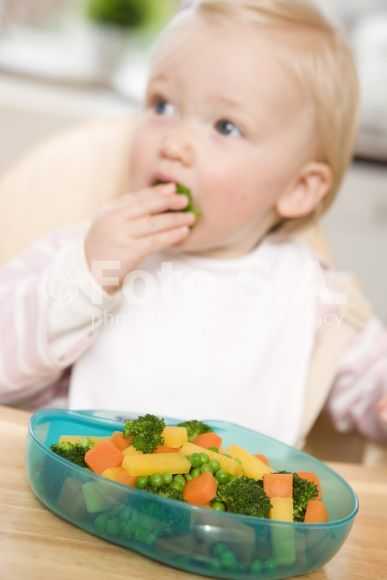Homemade food for baby squirrel
Everything You Ever Wanted to Know
Squirrels are one of the most entertaining animals to watch. They're so playful and active. And baby squirrels are just adorable. If you hear a high-pitched squeaking sound coming from the ground, look around. You might have found a baby squirrel. If you do see one without its mother around and it is in need of assistance, you may be the only person who can save it, but that should be your last resort. Primarily you should leave it alone, and wait for its mother to care for it. If that isn't an option, the second best action is to find a wildlife rehabilitator to care for the squirrel until it can care for itself - more on that later. Only when the first two actions are unavailable should you consider trying to care for the baby yourself. In that situation I hope this guide serves and a sound basis for your journey.
Did you know? A baby squirrel can't take care of itself until it is 12 weeks old!
What Species is the Squirrel?
The two most common species of squirrel that you'll find in the US are Eastern Greys and American Red squirrels. As the names suggest, you can tell them apart by their coloring. Eastern Greys can be black, gray, or brown with golden hues. They are mostly seen in the eastern US and Canada.
American Red squirrels have a reddish-brown hue on their head and back but a white undercoat. They are also smaller than greys. You can see red squirrels east to west, north to south throughout North America.
Both species develop at about the same rate, and you can care for either species in the same manner.
Identify the Baby Squirrel's Age
Unlike other animals at birth, baby squirrels can't do anything on their own. They require intense care as they develop. You can estimate how old the baby squirrel is by matching its appearance and behavior to these descriptions.
- Newborn to 1 week: pink body, no fur, eyes closed, body measures about three inches long (not including the tail), American red squirrels will have a dark stripe down the middle of their snout
- 2 weeks: fur starting to develop on the back but not on the underside, eyes still closed
- 3 weeks: has grown to about 4 inches long (excluding tail), front lower teeth are coming in, eyes still closed
- 4 weeks: body is approximately 5 inches long, fur growing on the underside, eyes open
- 5 weeks: 6 inches long, top front teeth coming in
- 6 weeks: develops back (cheek) teeth, can sit up on its own and hold food in its front paws
- 7-8 weeks: 7-8 inches long, fur has fully grown in, becoming more active
- 8-12 weeks: learning to climb, still smaller than adult squirrels, can be released outdoors if healthy
Baby squirrels need care for about three months. After that, you can continue supporting them by releasing them outside and filling a squirrel feeder for them to use. Place it in an easy-to-reach, easy-to-see location. Providing a squirrel feeder will ensure that they are getting enough nutrition as they learn to forage for their food supply.
After that, you can continue supporting them by releasing them outside and filling a squirrel feeder for them to use. Place it in an easy-to-reach, easy-to-see location. Providing a squirrel feeder will ensure that they are getting enough nutrition as they learn to forage for their food supply.
How do You Know if a Baby Squirrel is an Orphan?
You might find a baby squirrel alone and feel the need to care for it. Just be sure that the mother is no longer able to care for it herself.
If the baby squirrel is injured or looks dehydrated or malnourished, take it. If it is hurt, the mother will not be able to heal it. Depending on the severity of the injury, you or even a veterinarian might not be able to save it, but human care will be more effective than the little that the mother squirrel can do. If your pet dog, cat, or another predator carried it away from its home, the mother might not be able to find it again anyway.
If it is dehydrated or starving, you can tell that the mother has not been able to care for it. She might have been trapped and removed in another yard, killed by a predator, or died from falling or natural causes.
She might have been trapped and removed in another yard, killed by a predator, or died from falling or natural causes.
If, however, the baby appears healthy, leave it where it is until dark. Monitor it from afar as much as you can to keep it safe, but allow time for the mother to return to it. She might be watching you to make sure it's safe for her to return. She might be creating a new nest and need time to finish it before carrying the baby to its new home. She might be in the process of moving the rest of the litter to the nest and will eventually come back for this one. Finally, if the baby fell from the nest due to high winds or a predator attempting to carry it off, it might take her some time to find it and carry it back to safety.
Did you know? A squirrels teeth never stop growing! They have to gnaw and chew on things to keep their teeth from getting too large.
You can help keep the baby squirrel warm by creating a make-shift nest around it. Place bottles full of warm water under a blanket, towel, or old clothing.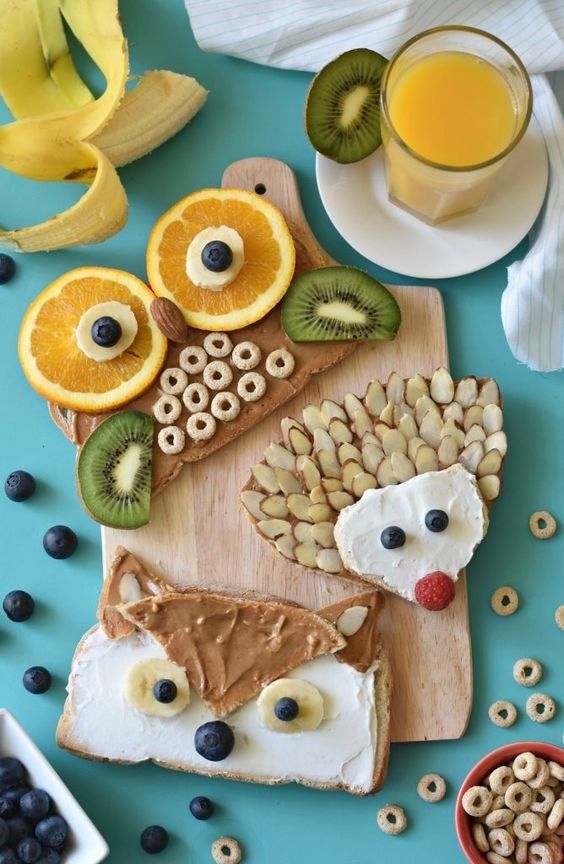 Surround the baby with warmth, but do not cover it. Placing the baby in a box, even with the lid open, or covering it with cloth, can make it harder for the mother to see. It also might make her more wary of approaching your setup. You can pick up the baby to position it more comfortably and securely in the nest. Unlike, birds, squirrels will not be bothered by the smell of human oils on their babies. They will shy away from the baby if they are chilled, so keeping them warm is the best you can do for them at this point.
Surround the baby with warmth, but do not cover it. Placing the baby in a box, even with the lid open, or covering it with cloth, can make it harder for the mother to see. It also might make her more wary of approaching your setup. You can pick up the baby to position it more comfortably and securely in the nest. Unlike, birds, squirrels will not be bothered by the smell of human oils on their babies. They will shy away from the baby if they are chilled, so keeping them warm is the best you can do for them at this point.
If you notice the likely mother come to the baby but then leave again, don't be discouraged. She knows where the baby is, has checked on its health, and has likely gone to forage for food or secure a new nest.
Squirrels are only active during the day, so if the mother has not returned by dark, you can assume that she isn't able to. If she could, she would have. She would not leave the baby on its own, even if a new nest were not ready to receive it. She would come back to check on and feed it at the very least.
Correcting Human Disruptions
Before we move on to adopting and caring for the orphan you found, you might be able to reunite it with its mother by changing or reversing some human behaviors. Construction and landscape projects often disrupt animal habitats. There's nothing wrong with maintaining your property, but you might find a litter of baby squirrels separated from their mother when you do so.
Where did you find the baby squirrel? Was it near a tree you recently cut down? Was it under the porch where you recently applied a new lattice? Was it on your roof?
Squirrels do not always create nests in trees . They will burrow or find a warm corner. Nestling up against a house under a dark porch is quite cozy for a squirrel. A leafy gutter also makes a soft bed. If you've recently cleaned out your gutters or closed off an area with new fencing, consider reversing your steps for a time. Make a temporary leaf nest in the gutter and give the mother time to reclaim her young. Open the fence or latticework. If you cut down a tree, don't chop the wood or remove the brush right away. The mother will see that her chosen location is no longer suitable and will make a new nest elsewhere. Once she's moved the babies to a new home, you can continue with your project.
Open the fence or latticework. If you cut down a tree, don't chop the wood or remove the brush right away. The mother will see that her chosen location is no longer suitable and will make a new nest elsewhere. Once she's moved the babies to a new home, you can continue with your project.
Adopting a Baby Squirrel for Care
Being afraid of humans is a partly instinctual, partly learned behavior for squirrels. Baby squirrels who can walk but are alone, will often overcome their fear and approach humans. They've even been known to follow people home or climb up a person's leg. It's an interesting, immensely heartwarming phenomenon, but it also shows how desperate the baby is. If they are willing to approach you for possible help, they have apparently been left alone for some time. Although mobile at six weeks old, a squirrel relies upon and stays with its mother until it is about 12 weeks old.
Younger babies cannot even begin to walk or gather food for themselves. Most of the time, the babies that you find will be newborns who haven't yet opened their eyes. Baby squirrels are docile enough that there is little danger of them biting you. They will generally accept you picking them up, handling them, and feeding them. If you have the time, caring for a baby squirrel can be an exceedingly rewarding experience.
Most of the time, the babies that you find will be newborns who haven't yet opened their eyes. Baby squirrels are docile enough that there is little danger of them biting you. They will generally accept you picking them up, handling them, and feeding them. If you have the time, caring for a baby squirrel can be an exceedingly rewarding experience.
Initial Care: Checking for Injuries and Bathing
The first step is to check the baby squirrel for injuries.
1. Using a soft cloth, gently pick up the baby and carry it indoors to a well-lit room with a sink. You can also fill a bucket or large basin with warm water if you don't want to take it inside or into the central living area of the house.
2. Caress the baby's face. It should move its head from side to side. If it doesn't, the baby might have a broken neck or spinal injury.
3. Gently squeeze each paw and the tail. Watch how the baby reacts. It should pull away from the pressure. If it doesn't, or if the movement seems unnatural, it might have a broken leg or tail.
If it doesn't, or if the movement seems unnatural, it might have a broken leg or tail.
4. Next, mix some dish soap in warm water and bathe the baby. Use a soft washcloth to clean any cuts and brush away debris or parasites. Be sure to wash the nose and face. Clear the nostrils for natural breathing. Using a soft, wet cloth simulates a mother's tongue grooming the baby.
5. Lastly, use a Q-tip to stimulate the baby squirrel's genital area and anus. Doing so is often necessary for baby animals to release waste and would be a regular part of a mother's care. It might take a couple of minutes' worth of stimulation before the baby pees. You will need to keep stimulating the area until it is finished to ensure the baby empties its bladder.
If a male squirrel does not start urinating at least a little amount within a couple of minutes, check for a swollen penis. Baby squirrels suck on any nipple-like appendage and can sometimes cause a brother's penis to swell and scab over.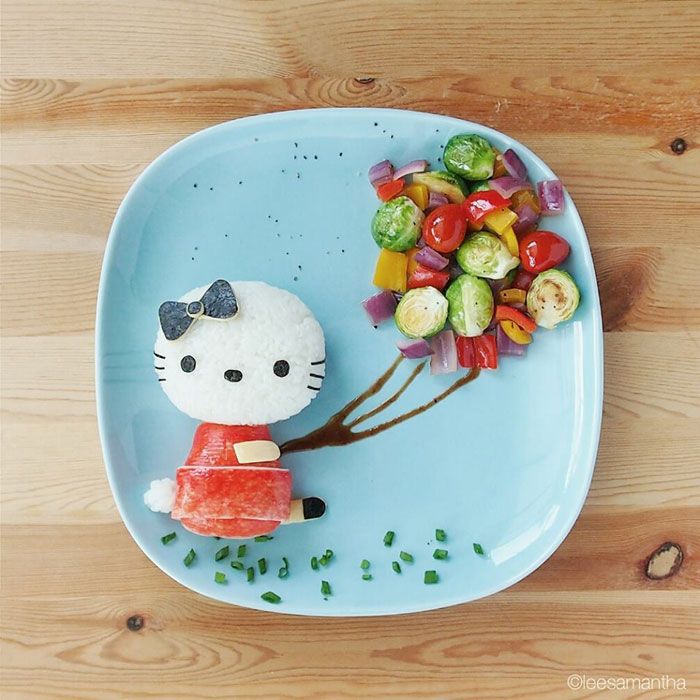 If this is the case, soak the lower part of the squirrel's body in warm water for about 20 minutes to soften the scab. You can then wipe the scab off with the washcloth and allow it to release its urine.
If this is the case, soak the lower part of the squirrel's body in warm water for about 20 minutes to soften the scab. You can then wipe the scab off with the washcloth and allow it to release its urine.
If the baby has been alone for a significant amount of time, the urine might be more brown than clear, showing its degree of dehydration.
If you suspect broken bones, find deep lacerations, or unable to stimulate urination, call a veterinarian for help. Some vet offices see small rodents. Others can direct you to a wildlife specialist who might be able to help. If your cat caught the squirrel, it would need antibiotics to fight off infections received from the cat. Just as a cat scratch or bite can irritate your skin, feline germs and bacteria can be toxic to small animals.
Secondary Care: Warming
The warm bath will have helped heat the baby up. It will drop again, though, as it dries. To keep the baby's core temperature up, place it in a box with a blanket bed.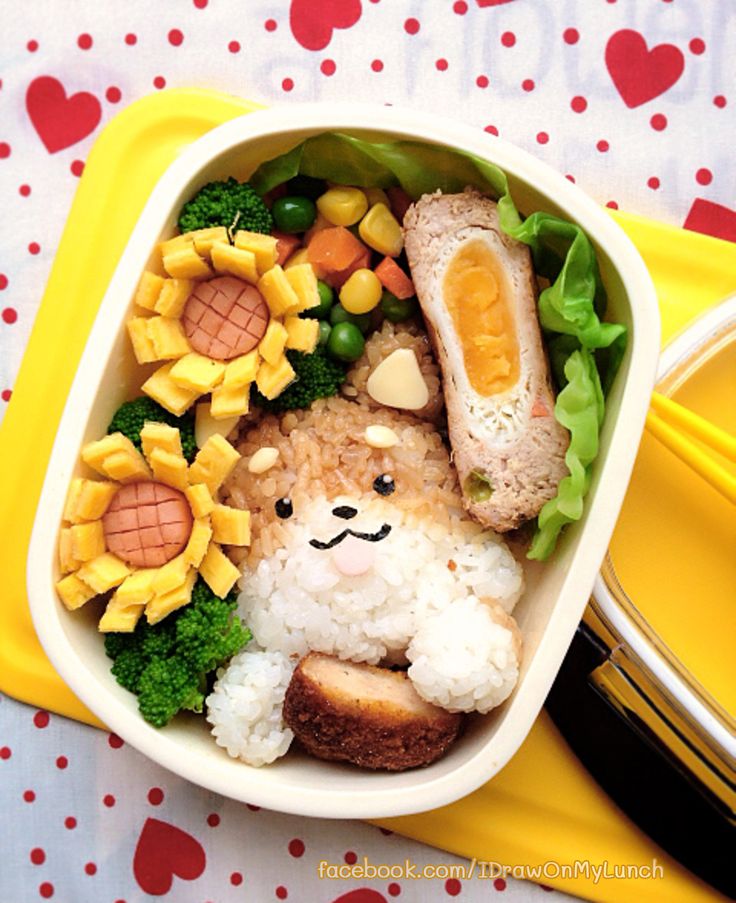 Cover the baby, even its head, and put the box on a heating pad or next to a heater. Check on the baby every 15 minutes. If you found more than one baby squirrel, place them next to each other for comfort and to share body heat. The presence of a littermate will help the squirrel feel safe and relaxed.
Cover the baby, even its head, and put the box on a heating pad or next to a heater. Check on the baby every 15 minutes. If you found more than one baby squirrel, place them next to each other for comfort and to share body heat. The presence of a littermate will help the squirrel feel safe and relaxed.
You can also hold the baby squirrel cupped between your hands or let it snuggle against your body for warmth.
Rehydrating
Rehydration is often more important than food during the first day of care. You can use Pedialyte or mix half a teaspoon of salt and half a teaspoon of sugar in two cups of water and feed it to the squirrel with a feeding syringe. Pedialyte is more efficient than the water mixture, so if you can pick some up at the store, do so. Look for the unflavored variety, but if you can't find it, squirrels will generally drink the flavored mixes as well.
A feeding syringe does not have a needle, but an open, cone-shaped top. It is often used to administer oral liquid medications to animals.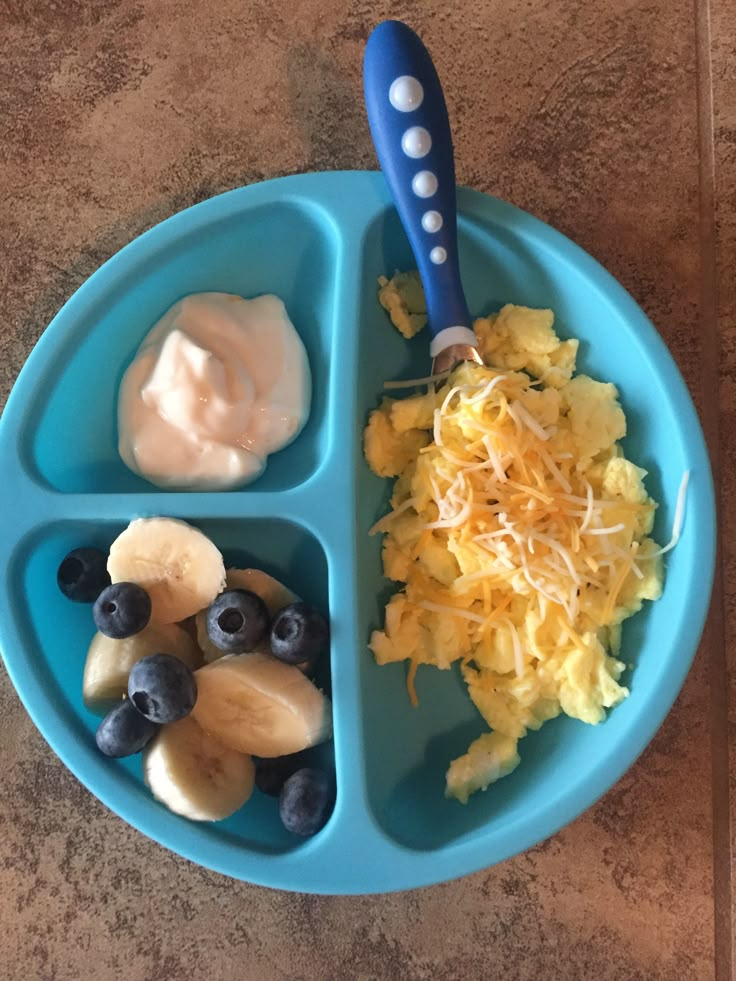 You can dip the top into the liquid, pull back on the plunger to fill the vial, and then press the plunger forward to drop or squirt the liquid into the squirrel's mouth.
You can dip the top into the liquid, pull back on the plunger to fill the vial, and then press the plunger forward to drop or squirt the liquid into the squirrel's mouth.
To help the squirrel drink, place it upright in a sitting or position or as if it were standing on its hind legs. You can do this by mounting a blanket or towel around it or holding it in your hand. You don't want to give it liquid lying on its back as it might choke. If the baby squirrel is particularly wiggly, you might need to hold it to keep it still. It might also be helpful to use cotton gloves when handling the squirrel and to avoid washing them unless they become soiled with waste material. The gloves will absorb the squirrel's scent and help it to feel safe and calm.
Administer the liquid slowly. A squirrel that drinks too fast can choke and allow fluid to enter its nasal passages. If the liquid starts coming out of its nose, turn it upside down to let the liquid to drain out entirely through the nose rather than flowing down into its lungs.
You'll want to go slowly at first as the baby squirrel might be too weak to swallow much at a time. It might also be too small to drink very much during one sitting, so continue to offer the liquid about every half hour. After every drinking period or at least once per hour, re-stimulate the squirrel's genitals. When the urine appears light yellow or clear, you can move on to more nutritious foods.
Clean the baby's face and neck with a wet, warm cloth after every drinking period as the salt and sugar water can leave a sticky residue.
What if the Squirrel Won't Drink?
Most animals need to feel safe and comfortable before they can turn their attention to eating or drinking. It's part of their survival instinct. Be safe first; then eat when they can. If your baby squirrel doesn't seem to want to drink, try the following.
- Hold the squirrel upright in hand towel to keep it warm.
- Stimulate its genitals with a wet, warm cloth to see if it needs to urinate before taking more liquid.
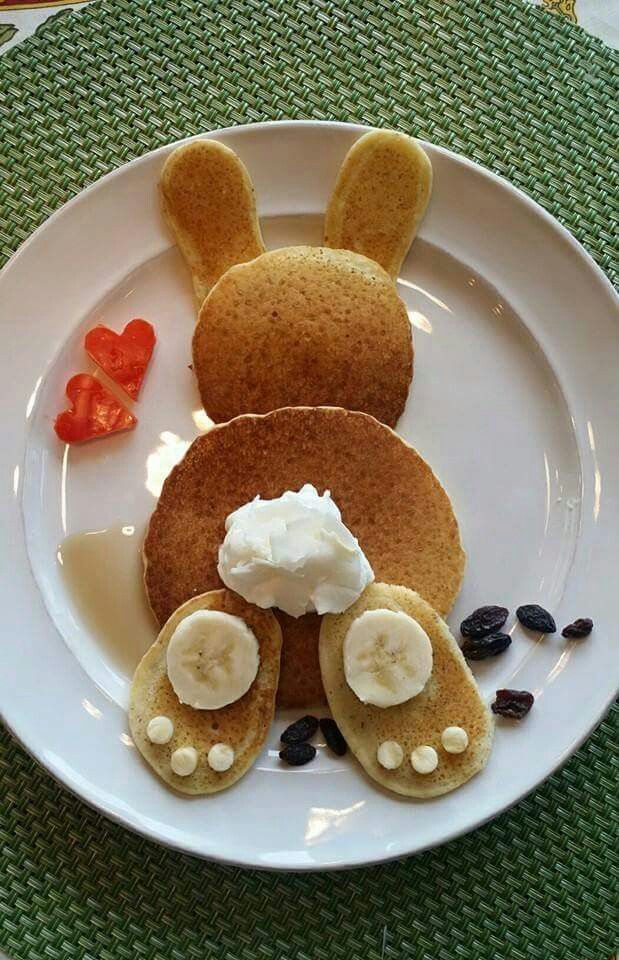
- Make sure you are in a quiet environment.
- Dim the lights to simulate a dark and hidden nest.
- Hold it close to your face and whisper to it so that it gets used to your scent and learns that you're not a danger.
- Warm the Pedialyte or salt and sugar water to room temperature.
- Stay calm and patient. Don't try rush or the squirrel will sense your unease.
Once you establish the right mood and bond with the baby squirrel, it will usually take liquid from you without hesitation.
What to Feed a Baby Squirrel
If the baby squirrel has done well with the syringe, you can graduate to a feeding bottle with elongated nipples. You might need to poke holes in these nipples. To do so, just pierce the nipple with a needle or toothpick and then boil the nipple with the needle or toothpick still in the hole. Remove the nipple from the boiling water, let it cool, and then remove the piercing instrument. The hole will be permanently formed.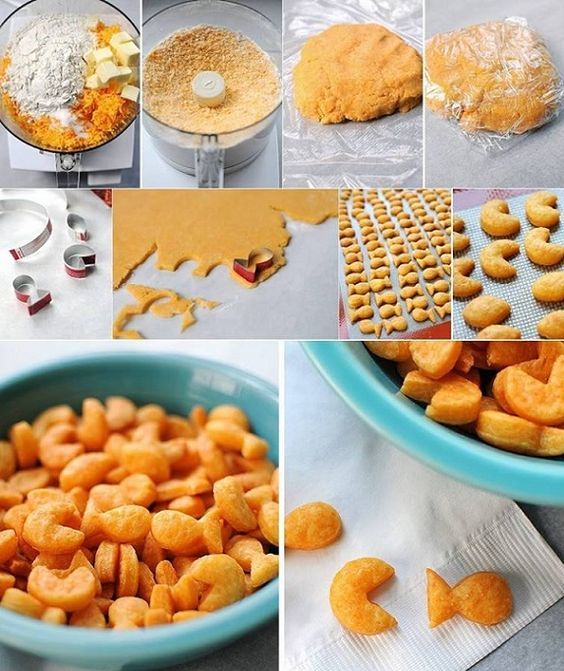
Adult squirrels aren't too discerning about what they'll eat , but a baby squirrel's digestive system is sensitive. Feeding a baby squirrel the wrong thing could cause diarrhea and dehydration or, worse, send their body into shock. Never feed them human formula, cow's milk, or milk substitutes. If you aren't sure on what baby squirrels eat, the best feeding solution you can buy is puppy milk. Esbilac and similar products are available at veterinary offices and pet food stores. Look for the powdered version and then slowly introduce the solution to the baby squirrel's system in the following stages.
- 1. Mix one part powdered puppy milk in three parts Pedialyte or salt and sugar water.
- 2. Mix two parts puppy milk in two parts liquid.
- 3. Increase to three parts puppy milk to one part rehydration solution.
- 4. Continue with undiluted puppy milk.
Stay at each stage for two feedings and offer the solution every two and a half hours.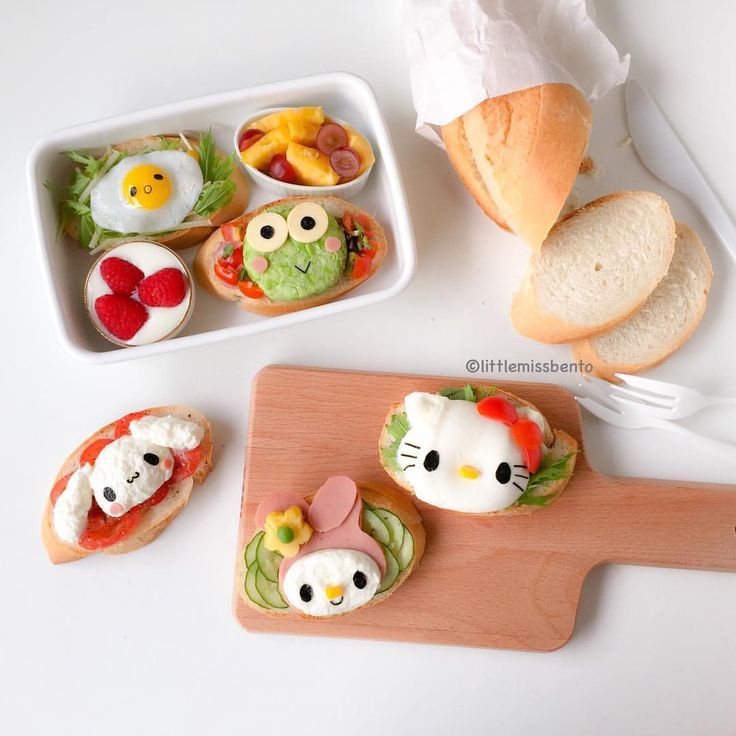 It would be helpful to wake up once during the night to provide the baby squirrel an additional feeding time. Be sure to follow the directions on the puppy milk packaging so that powder fully dissolves. Warm your mixture to room temperature to make it palatable to the baby squirrel and to avoid chilling it.
It would be helpful to wake up once during the night to provide the baby squirrel an additional feeding time. Be sure to follow the directions on the puppy milk packaging so that powder fully dissolves. Warm your mixture to room temperature to make it palatable to the baby squirrel and to avoid chilling it.
The amount that you should feed a baby squirrel during each period will depend on its age and species. Keep in mind that a malnourished squirrel will probably not be able to take a full feeding until it regains its strength.
- Newborns to 1 week: Eastern greys .75cc-1.25cc every 2.5 hours / American reds .5cc every 2.5 hours
- 2 weeks: Greys 2.5-3cc every 3 hours / Reds 1-1.5cc every 3 hours
- 3 weeks: Greys 4-5.5cc every 3 hours / Reds 1.75-2cc every 3 hours
- 4 weeks: Greys 6-9cc every 3.5 hours / Reds 2-2.5cc every 3.
 5 hours
5 hours - 5 weeks: Greys 10-12cc every 4 hours / Reds 3-4cc every 4 hours
- 6 weeks: Greys 12-14cc every 4 hours / Reds 4-6 cc every 4 hours
- 7 weeks: Greys 14-16cc every 8 hours / Reds 7-8 cc every 8 hours
- 8-12 weeks: Greys 16-18cc every 12 hours / Reds 9-10 cc every 12 hours
Remember that American red squirrels are smaller than Eastern greys and so will need much less food. You will also need to continue stimulating urination and washing the face and neck after each feeding.
Judging Digestive Health
Pay attention to the baby squirrel's stool. When it is dehydrated, the stool might be dark brown or black and will often be quite loose. After it begins digesting the puppy milk, it should turn to yellowish-brown pellets. If the stool appears very pale, add plain water to the mixture to dilute the milk solution.
If the baby's stomach seems bloated, soak its lower body in warm water for half an hour and massage its abdomen. Skip a feeding period and administer only Pedialyte or salt and sugar water. If the bloating does not dissipate within 24 hours, call a veterinarian or wildlife specialist to check for parasites.
Contact Your Local Wildlife Service
After you have done your best to clean, warm, feed, and treat injuries, the next best step is to call your local wildlife authority. Park services often have nature centers where they can house and rehabilitate injured or orphaned animals. The staff and volunteers of a nature center will have the time and resources to best care for your orphaned squirrel. You would also be free to visit and check up on the little one's progress. And a wildlife shelter might already have another baby squirrel with which they can socialize your rescue.
Guidelines for Ongoing Care
If you are committed to caring for the baby squirrel yourself, here are a few essential guidelines to follow.
1. A squirrel is not a pet. You should not approach caring for a baby squirrel expecting it to become a permanent pet. Once it is mobile, it will be mobile. It will either tear around your house like it does the trees outside or it will be miserable while confined to a cage. Without enough area to expend energy, a caged squirrel will become violent. Even raised from birth, a squirrel cannot be domesticated. It is not an indoor animal.
2. A squirrel should be socialized with other squirrels. If you found one orphaned squirrel, there's a chance that the rest of the litter is nearby. Do your best to walk your yard for a couple of days, listening for little squeaks. Raising the squirrel with others will help it learn how to play and behave appropriately. They will watch each other and pick up new skills.
3. A squirrel should not socialize with other pets or people. For the sake of its outdoor survival, a squirrel needs a healthy fear of people and other animals.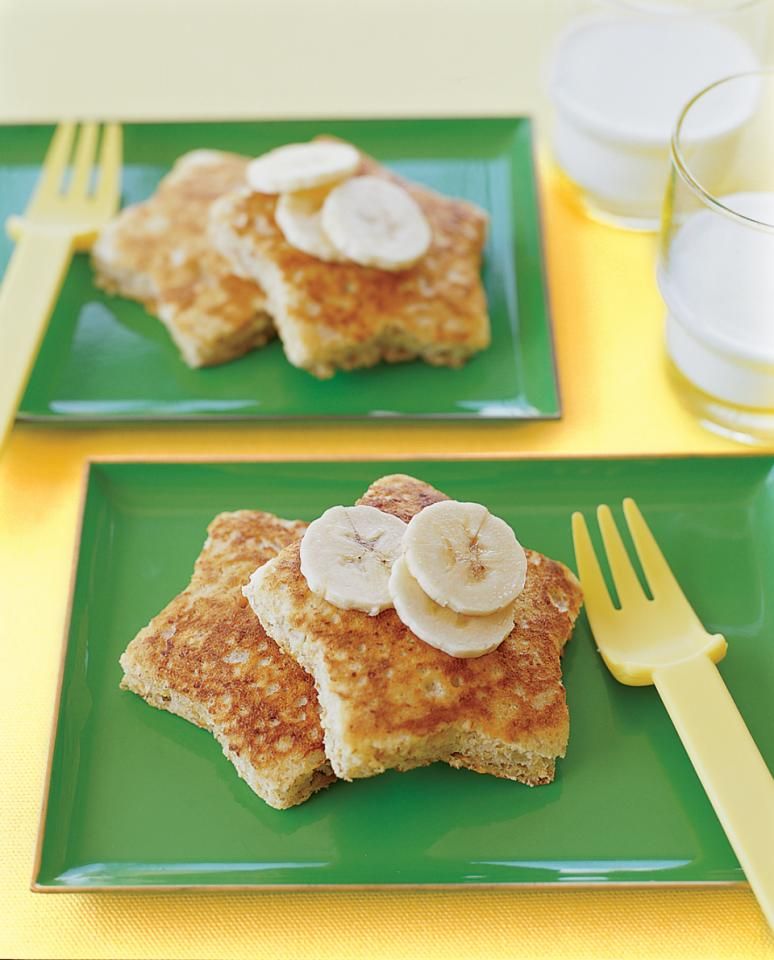 You will need to feed, bathe, and play with it to help it develop, but do not let others do so. It will recognize you as its “mother” while retaining its cautious attitude toward people who are not you. Keep it in a room by itself so that other people are not likely to pass its cage. Do not let it become familiar and friendly with your dog or cat. If they have a positive relationship with your pet, they might not know to run when they encounter another of the same species outside.
You will need to feed, bathe, and play with it to help it develop, but do not let others do so. It will recognize you as its “mother” while retaining its cautious attitude toward people who are not you. Keep it in a room by itself so that other people are not likely to pass its cage. Do not let it become familiar and friendly with your dog or cat. If they have a positive relationship with your pet, they might not know to run when they encounter another of the same species outside.
Continued Feeding
You can continue with the puppy milk according to the age and breed guidelines above, but consider thickening it with whipping cream or plain yogurt to add fat content. If the baby squirrel is very young or if you intend to nurse more baby squirrels, you can order specially made squirrel milk from Fox Valley Animal Nutrition. Some pet stores will carry their products, but they are more of a specialty item, not in demand on most shelves.
It will be tempting to give the squirrel as much milk as it wants, but be careful to follow the guideline. Some animals do not know their limits and will overheat, giving themselves bloated stomachs, diarrhea, or other digestive issues.
Some animals do not know their limits and will overheat, giving themselves bloated stomachs, diarrhea, or other digestive issues.
Once they are doing well and have reached a certain age, you can also introduce solid food into their diet. You do not need to regulate solid food once the squirrel is doing well. Allow it to eat as much as it wants.
- At three weeks, you can provide rat and mice rodent block for them to chew on.
- At six weeks, add unsalted sunflower seeds and raw fruit, such as apple slices, grapes, and banana.
Creating a Habitat
The “nest” that you make for your squirrel will need to change as it grows.
Stage 1: At first, a baby squirrel isn't very mobile so that a small box will do just fine. Lay blankets or old towels in the bottom of the box and place it in a dark, quiet room over a heating pad or next to a heater. Poke holes in the box for air circulation and close the lid. Recover the baby squirrel after every feeding or handling time.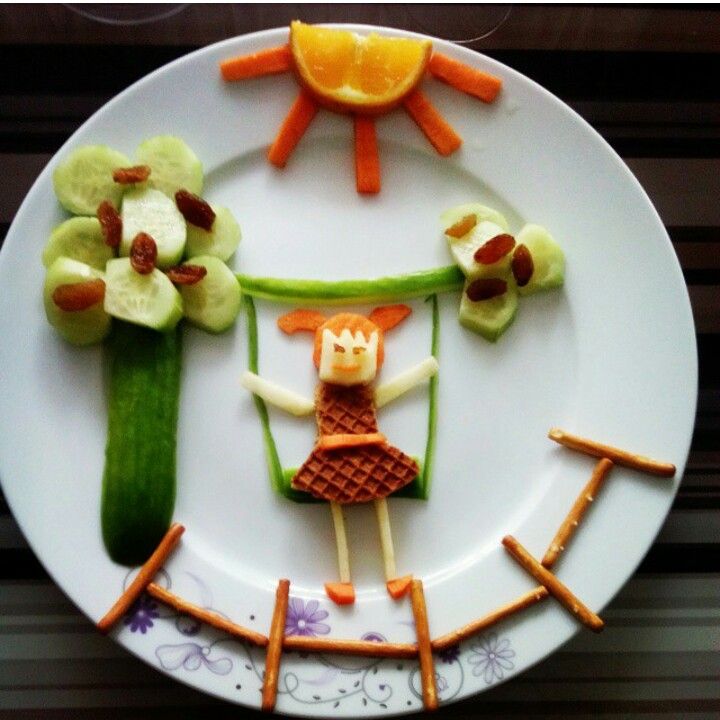
Make sure that the cloth does not have loose strings or holes in which the baby squirrel could get caught. Wash or change the materials once a day with unscented detergent. Do not use dryer sheets or other scented additives. It's best to let the squirrel's scent permeate the fabric so that it feels safe without distracting smells. Strong odors can also irritate a baby squirrel's sinuses and lungs.
Do not use woodchips like you would in other rodent habitats. The chips will be too rough the baby squirrel's skin, too aromatic for its lungs, and will not provide enough insulation to keep it warm. You can move to woodchips in Stage 3.
When the baby is about three weeks old, they will start developing their lower front teeth. To help them teethe and to begin introducing solid food into their diet, place a few pieces of rodent block in their box. It is a small pellet-shaped food that will provide all the nutrition the squirrel needs. Choose rodent block made for mice and rats rather than hamsters and gerbils to match the squirrel's needs more closely.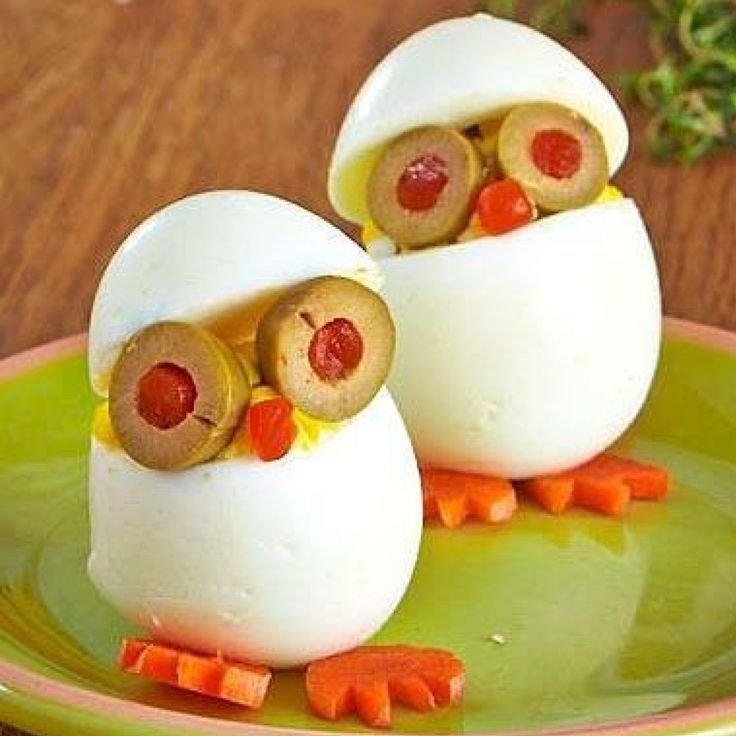
Stage 2: When the baby reaches five weeks and its eyes open, it will want to be more mobile. Move it to a larger box, dog carrier, or rodent cage. If the holes in the pet carrier or cage are large enough for the squirrel to squeeze through, cover the panels with a smaller material, such as bird netting, chicken wire, or old window screens.
Add a hanging water bottle to the side of the habitat and give the squirrel a mineral stone for small mammals. The mineral stone is a salty treat they will lick to gain essential minerals, such as calcium and iron.
Stage 3: At eight weeks old, the baby squirrel is very energetic and nearly ready to be released. It will need a large cage. With sturdy wiring that it can't chew through. A large dog crate is the minimum size you will want at this stage.
Lay a tarp under the cage and fill the bottom with cloths or woodchips. Keep in mind that you will still need to change this bedding out every day.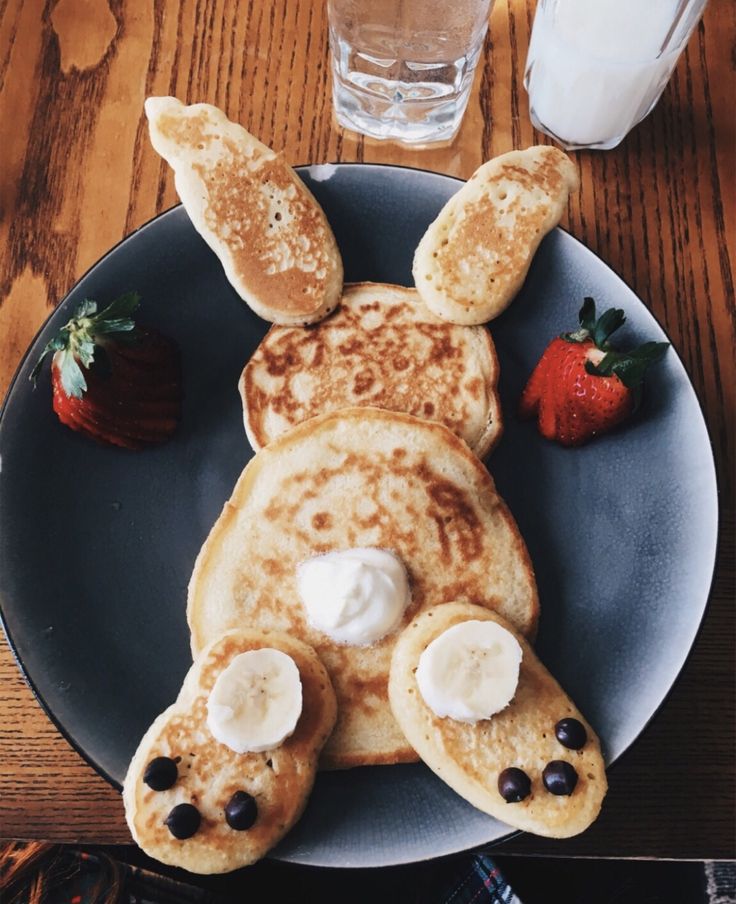 You'll also want to add climbing materials, such as tree branches or hanging dowel rods. You can push dowel rods through the holes of the cage and secure them in place by tying the ends together or placing nuts and washers on the ends. You can create a hanging or pedestal nesting box to simulate how they will live outdoors.
You'll also want to add climbing materials, such as tree branches or hanging dowel rods. You can push dowel rods through the holes of the cage and secure them in place by tying the ends together or placing nuts and washers on the ends. You can create a hanging or pedestal nesting box to simulate how they will live outdoors.
Place this cage outside or in an open garage for at least a few hours per day to help them acclimate to outdoor life. Bring them back inside or close the garage at dusk to keep them safe from lurking predators. Continue this pattern for three to four weeks.
Playtime
As with human children, play is learning. You will need to handle, stimulate, cuddle, and play with the baby squirrel to help it learn how to use its muscles. You will also want to place plenty of “toys” in its box or cage. Squirrels are not picky. They will explore and play with anything, but for their own good, include natural items. Once they have fur as physical protection against abrasions, you can place sticks, bark, woodchips, leaves, nuts, pinecones, grass clippings, sod, dirt, or feathers in the box. When you release them back outside, they will be familiar with these natural items.
When you release them back outside, they will be familiar with these natural items.
Release
At 12 weeks old, your healthy baby squirrel is ready to be released outside. Take the nesting box that you made and nail it in the crook of a tree. Try to do this when it is warm and dry for a couple of days so that you can stock the box with towels for the squirrel to hide or nestle in.
Bring the cage outside and set it door-open next to the tree. Back away and wait for the squirrel to come out. Some squirrels are more adventurous, some more cautious. Eventually, they will leave the cage and, most likely, climb the tree. They will see their nest box and know that they can use it as their new home. Remove the cage and continue monitoring their explorations.
You will want to fill a food and water bowl some distance from their nesting tree. Doing so will ensure that other animals attracted to the food are not immediately made aware of the nesting box as well. You can also use a squirrel feeder to ensure it is getting enough nutrition.
You'll eventually lose track of your squirrel friend, but don't be surprised if it comes to visit you out in the yard once in a while. If it spent three or more weeks with you, it will remember you and know that you are someone to be trusted.
Baby Squirrel Facts
Here is a quick summary of what you've read for easy reference.
- Baby squirrels make a high-pitched squeaking noise.
- Eastern grey squirrels are black, gray, or brown.
- American red squirrels are reddish-brown with a black stripe on their nose.
- Baby squirrels need to be taken care of until they are 12 weeks old.
- They are pink and bald at first.
- Baby squirrels need Pedialyte and puppy milk to grow.
- You can feed a baby squirrel with a bottle and it will bond to you as its “mother.”
- You have to keep baby squirrels warm and massage their genitals to make them pee.
- At three weeks, they start developing teeth.
- At four weeks, they open their eyes.

- At six weeks, baby squirrels can eat seeds, nuts, and fruit.
- At eight weeks, they start learning how to climb.
- Even after you release it, a baby squirrel will know and remember you.
Baby Squirrel Care - Formula Feeding
Once the baby squirrel is warm and has had some hydration fluid, you are ready to start feeding. What do baby squirrels eat? Formula, also called “milk replacer.”
Formula Recommendations for Different Ages
- Pinkies less than 10 days old: Homemade Goat Milk Formula for 10 days, then switch to either Esbilac Puppy Milk powder, or Fox Valley 32/40, then switch to Fox Valley 20/50 by 4 weeks old.
- 10 days old to 2 weeks old: HGMF or Esbilac until you receive your Fox Valley 32/40, then switch to Fox Valley 20/50
- 3 weeks and older: HGMF or Esbilac until you receive your Fox Valley 20/50
HGMF works the BEST for tiny pinkies in our experience.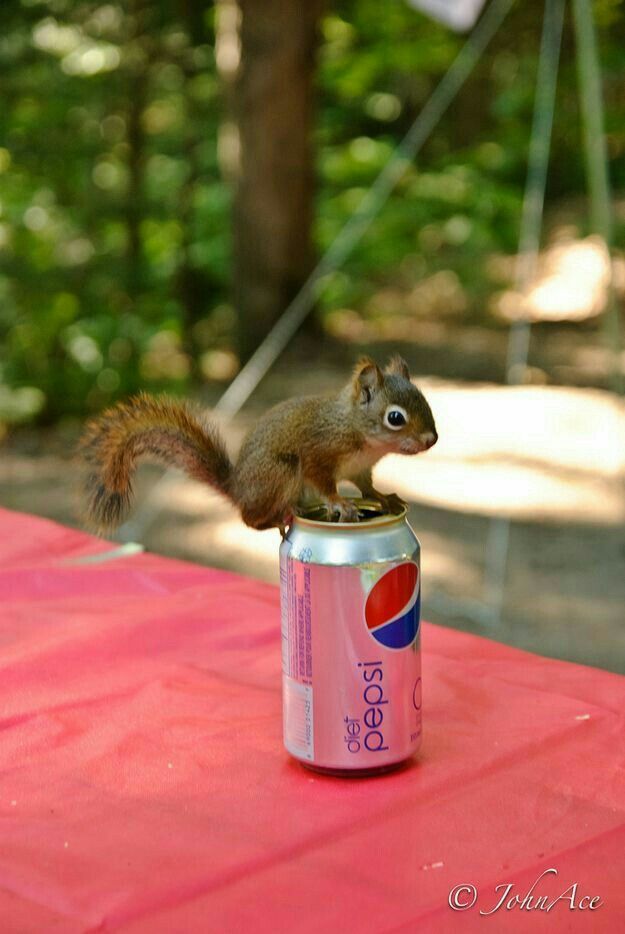
Homemade Goat Milk Formula Plus (HGMF+):
- 3 tablespoons goat milk
- 3 tablespoons plain yogurt
- 2 tablespoons heavy cream
- ½ egg yolk
You can buy goat milk at most grocery stores. If you can't find fresh goat milk, you can use canned or powdered. Note: Canned or powdered milk must be mixed with water FIRST according to label directions. Do not use HGMF+ for more than two weeks at a time as it is not fully fortified with vitamins/minerals. If you can't find goat milk, double the yogurt (6 tablespoons).
Be alert for bloating, diarrhea or constipation, and take immediate action. See page 5, "Common Problems."
Make sure formula is very, very warm. Baby squirrels will not drink enough formula if it is only slightly warm....they will starve to death!
Mixing, Feeding and Storing Formula
- When using a powdered formula, mix with very warm water.
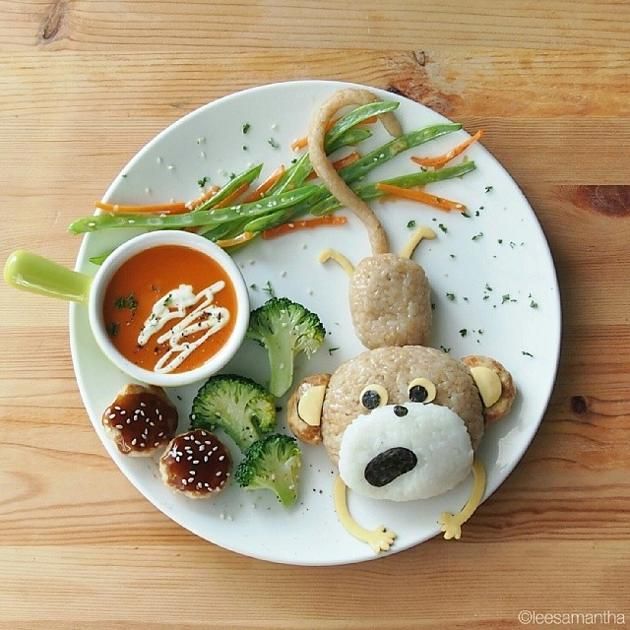 Allow the formula to sit for a while (or overnight) in the fridge so it dissolves.
Allow the formula to sit for a while (or overnight) in the fridge so it dissolves. - Before each feeding, stir the formula and draw up enough syringes of cold formula for the feeding.
- Microwave a coffee mug of water until it is hot (but not boiling). Then dunk the filled syringes in the hot water. They will take around 30 to 60 seconds to heat up.
- Take one syringe out, tilt it to mix the formula within the syringe, and test it on your wrist before feeding (should be VERY warm).
- If the formula in your syringe gets too cool while feeding, re-dunk it and pull out another syringe.
- Discard made-up formula after 24 hours.
7% Feeding Rule:
Weigh the baby on a scale in GRAMS; multiply that number by 7% (.07) and that will be the number of cc's (or ml's) to feed per feeding. You may need to start with smaller feedings at first, and work up to 7% after a few feedings, especially for emaciated babies.
Do not overfeed or increase feeding amounts too quickly! Baby squirrels will overeat if you let them and get diarrhea or bloating, which can be fatal. Weigh the baby every day at the same time to determine if they are gaining or losing weight and adjust the formula amount as needed.
EXAMPLE:
Squirrel weighs 50 grams
50 x 7% = 3.5 (Using a calculator, it's 50 x .07 = 3.5)
So you feed 3.5 cc's per feeding
Potty Time
A baby squirrel less than 5 weeks old will need to be stimulated to poop and pee. Use a warm, wet cotton ball, Q-tip, the corner of a Kleenex, or your finger, and flick lightly across the genital area. Some babies may need stimulation before and after feeding. A few may eat better if you potty them in the middle of a feeding.
NOTE: Baby squirrels need lots of attention and affection, especially if he has no siblings. This will not hinder the release process in any way.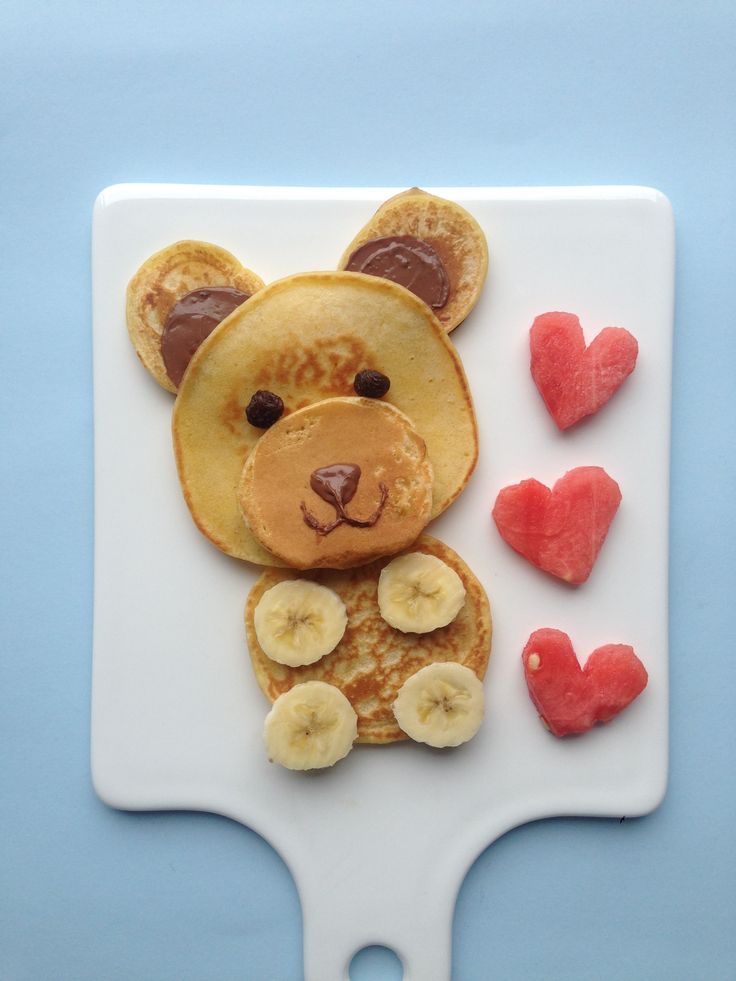 Squirrels bond strongly with their human caretakers, but they do not "imprint" on humans like other wildlife. When it's time for release, their wild instincts will kick in just fine.
Squirrels bond strongly with their human caretakers, but they do not "imprint" on humans like other wildlife. When it's time for release, their wild instincts will kick in just fine.
Don’t use cheap syringes that stick; use quality o-ring syringes and go slow to avoid aspiration!
PRINT THIS GUIDE
Keeping squirrels at home, feeding them and procreating
Squirrels can be kept in an apartment. For this reason, it is important to understand how to house squirrels, what kind of food to use, what to give to drink and, in general, how to deal with such animals. This article will describe these processes.
In the event that you have made the decision to settle a squirrel, your boring days will become brighter. This will happen because you will have a cute pet living in your house. He will never let you feel sad , as he will always have fun in his home and run around the wheel. While you look at this positive animal, you will be more cheerful and all sadness will disappear from you.
While you look at this positive animal, you will be more cheerful and all sadness will disappear from you.
- Protein character
- What do squirrels eat
- How to care for a squirrel
- How vexchi (squirrels) breed
Character of squirrels
Sometimes it is interesting to see how a squirrel behaves. He simply and lightning gets to any place and easily gets over any obstacles. Such pets trust people and always strive to learn something new.
In that case, if you want to treat your pet and bring him a treat in your hand, he will gladly climb onto your hand and start eating the treat. Despite this, you should not force the squirrel to sit on your hands. Otherwise, she may bite you.
Squirrels do not have the same schedule as other animals. They sleep during the day and have fun at night. Protein is quite possible to keep at home because they do not require constant care.
What do squirrels eat
In their normal habitat, squirrels eat various berries, nuts, mushrooms, wild apples, or even bush or tree buds. In winter, such pets eat what they have accumulated during the autumn and summer period. Squirrels can also eat pine seeds or new tree sprouts. Sometimes, the squirrel may even eat small birds, lizards, small mice or eggs. Domestic squirrel happily eats various types of nuts, and she also loves all sorts of fruits and even dried fruits. Squirrels should be given acorns or tree buds.
In winter, such pets eat what they have accumulated during the autumn and summer period. Squirrels can also eat pine seeds or new tree sprouts. Sometimes, the squirrel may even eat small birds, lizards, small mice or eggs. Domestic squirrel happily eats various types of nuts, and she also loves all sorts of fruits and even dried fruits. Squirrels should be given acorns or tree buds.
But also such pets eat grains. They need to be given oats as it suits the squirrels best. Also, you can treat your animals with boiled peas, especially small animals need this food.
At home you can treat your pet with pumpkin or sunflower seeds. And also they can be given cones: spruce or pine. It would be nice if you poured chopped bones from fish or beef, as well as mealworms into food. In this case, the body of the animal will be saturated with very useful phosphorus or calcium. Your animal should always have access to drinking water, but occasionally it can be pampered with milk. The squirrel needs to be fed twice a day - at the beginning and at the end of the day. You can not give extra food to your pet, because it is harmful to his health.
The squirrel needs to be fed twice a day - at the beginning and at the end of the day. You can not give extra food to your pet, because it is harmful to his health.
It is very important to know that squirrels should not eat almonds because they are harmful to their body. Failure to comply with this rule can even lead to the death of your pet. Still animals should not be given:
- fried;
- sweet;
- salted;
- smoked.
In order not to complicate cooking, you can buy ready-made food in a special shop.
How to take care of a squirrel
Squirrels love cleanliness, for this reason they will not drink stagnant water or eat from an unwashed bowl. Therefore, everything must be kept clean : a bowl for food, a drinking bowl and a pet's dwelling. However, if you wash the cage very well, the animals may begin to worry. In order to avoid this, it is necessary to sprinkle the bottom with granulated wood filler and cover with hay on top. This floor can last from three to four days. It will pick up bad smells. In this scenario, you need to clean the house only once or twice a week. Squirrels can create small warehouses. They need to be removed so as not to litter the house.
This floor can last from three to four days. It will pick up bad smells. In this scenario, you need to clean the house only once or twice a week. Squirrels can create small warehouses. They need to be removed so as not to litter the house.
There is no need to wash or comb the squirrel, she does these tasks herself with her tongue.
How vexchi (squirrels) breed
- If you want to breed squirrels on a professional level, it would be nice to make a kind of forest at home. The room must be equipped with artificial trees and two squirrels should be placed on them.
- Pets must be healthy and overweight. However, it is impossible for the animals to be fat. In the event that they are too thin, then the children of such animals may be born poorly developed, rather weak or very small. If the female, on the contrary, is fat, then the children will be born too weak or even dead. The pair of animals must be active. It is also important that they have a shiny coat.
 It is desirable that the animals give birth to a multiple mother who has a lot of milk.
It is desirable that the animals give birth to a multiple mother who has a lot of milk. - When the squirrels are one year old, you can start breeding them. It will be great if the age of the animals does not differ. In this case, the partners will begin to communicate faster. In the event that a domestic squirrel lived alone for a long time, then there is a possibility that the animal may not fall in love with its roommate. In this case, the animals need to be seated in different cages and placed close to each other. When they get used to each other, you can place them together again.
- Pregnant animals need better food. In their diet should be a lot of useful substances: vitamins and salts with minerals. A female pet must be fed with meat and bone meal or cottage cheese. At this time, you need to be very careful about protein. Before the cubs appear, ten or twelve days in advance, you need to fix the cage in a hanging position or attach a place for offspring to the house.
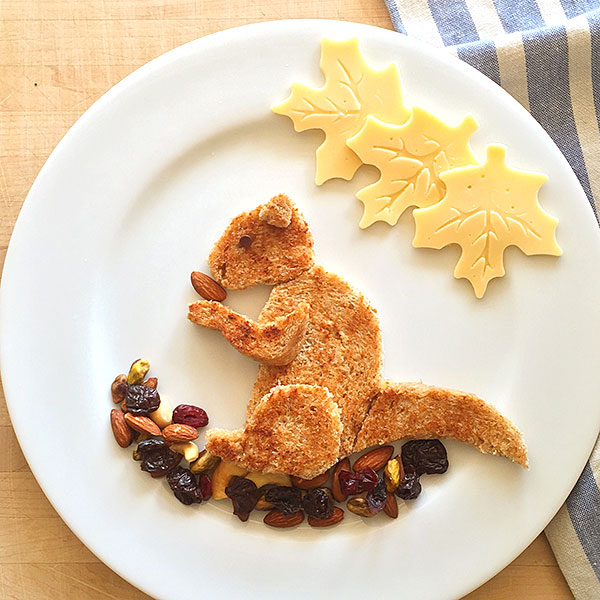 It should be warm, for this it is necessary to lay hay or straw on the floor of the room.
It should be warm, for this it is necessary to lay hay or straw on the floor of the room.
The domestic squirrel is pregnant for approximately thirty-five days. From two to twelve baby squirrels can be born. Before giving birth, for a certain number of days, the parent may behave hostilely towards the male. Under this condition, it needs to be transplanted to another cage. In the event that the room is cold, then it is necessary to heat it so that the kids do not freeze.
When the birth is very close, the animal becomes more sensitive to sounds and blinks of light. The animal may become stressed under these conditions.
Squirrel at home provides milk for its offspring. In the event that natural feeding is not enough, you can feed the cubs with an artificial mixture. Regular cow's milk can help with this. It is necessary to add two tablespoons of decoction of oats to two hundred milliliters of milk. And also domestic squirrels can be fed with condensed milk.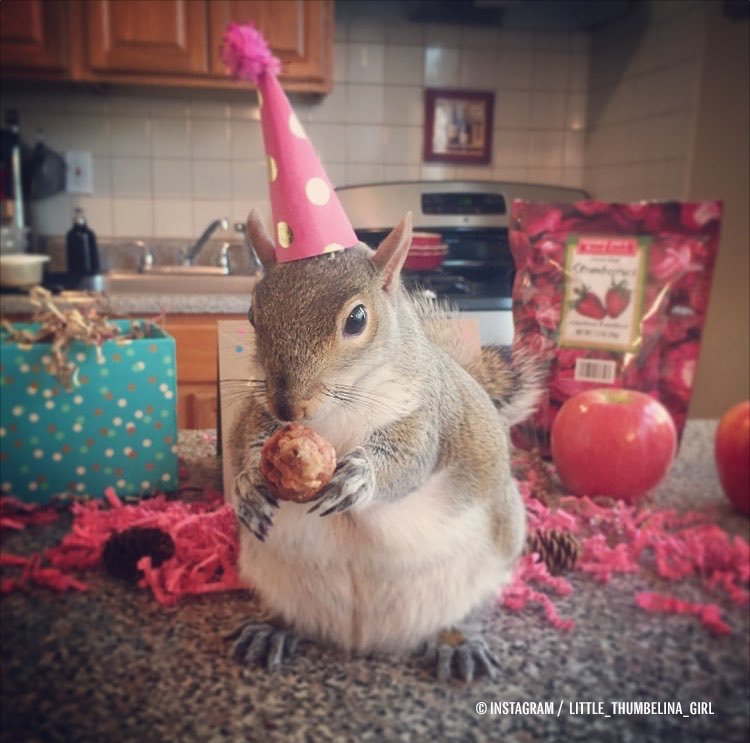 It must be mixed with water.
It must be mixed with water.
All these solutions must be boiled and wait until they become warm. If the squirrel does not feed his child, then at home during the first week he should be given half a pipette filled with a mixture. You need to feed the cubs once every two or three hours. Over time, it is necessary to increase this segment.
You need to take good care of your pet, so that he lives a long and happy life . He will thank you with many fun moments and impressions. The squirrel will become your faithful friend, who will always amuse you.
What squirrels eat in nature, what to feed them in the park and at home
Squirrels live almost all over the world except for Australia and Antarctica. The color will vary depending on where you live and the time of year. Protein can be found in forests, parks or squares. It is curious to know what the squirrel eats in nature and what to feed at home.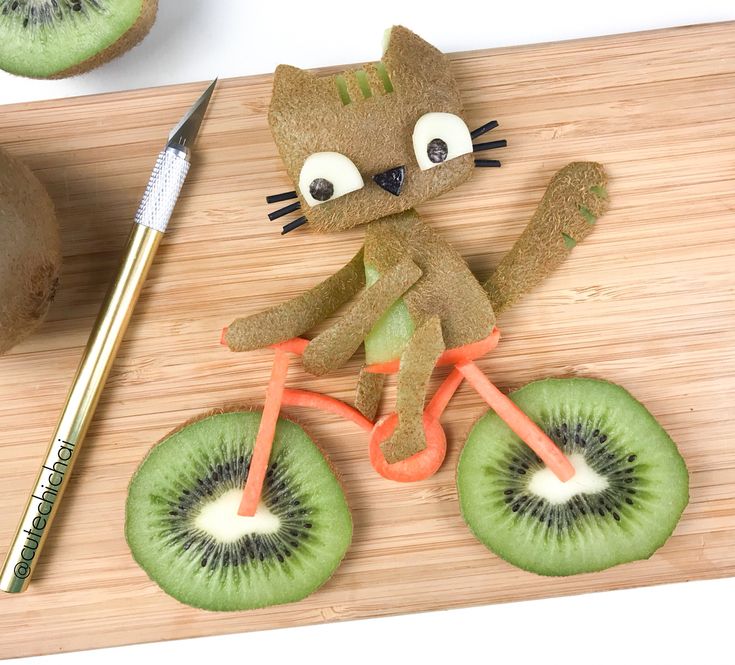 There are simple rules that you need to know in order not to harm the animal.
There are simple rules that you need to know in order not to harm the animal.
Contents
What squirrels eat in nature
There are 285 species in the squirrel family. The nutrition of each of them has its own characteristics, which must be taken into account when feeding these animals. Only one species lives on the territory of Russia - red squirrel.
In winter
The diet is determined by the conditions in which the squirrel lives. It will vary depending on the season, location, climate. Since these animals do not hibernate during the winter, they must provide themselves with food throughout the year.
When the animals are in favorable conditions, they provide themselves with provisions for the winter. To do this, squirrels arrange hiding places, which are often forgotten. In winter, they are mostly found by accident. It is not uncommon for one squirrel to use the reserves that another made.
Squirrels prefer to eat cones, they try to find berries and roots. Treats for them are pine nuts, lichens, buds on tree branches, bark, and needles. They like pine or spruce cones. Although these animals prefer plant foods, they can eat frogs during difficult times.
Treats for them are pine nuts, lichens, buds on tree branches, bark, and needles. They like pine or spruce cones. Although these animals prefer plant foods, they can eat frogs during difficult times.
In the summer
During the summer, squirrels have more opportunities to feed themselves. During this period, they try to expand the diet. They search for fruits and vegetables, feed on bird eggs, lizards, some bird species, insects and their larvae.
Squirrels are excellent at recognizing poisonous mushrooms.
As the summer draws to a close and during the early fall, some types of mushrooms become one of the favorite treats for squirrels. They prefer boletus, boletus or boletus, although they also consume some other species. In total, 45 types of mushrooms are suitable for them.
It is known that a squirrel needs 45 grams of food during the day in summer and 35 grams in winter. When she is pregnant, the norm increases to 85 grams.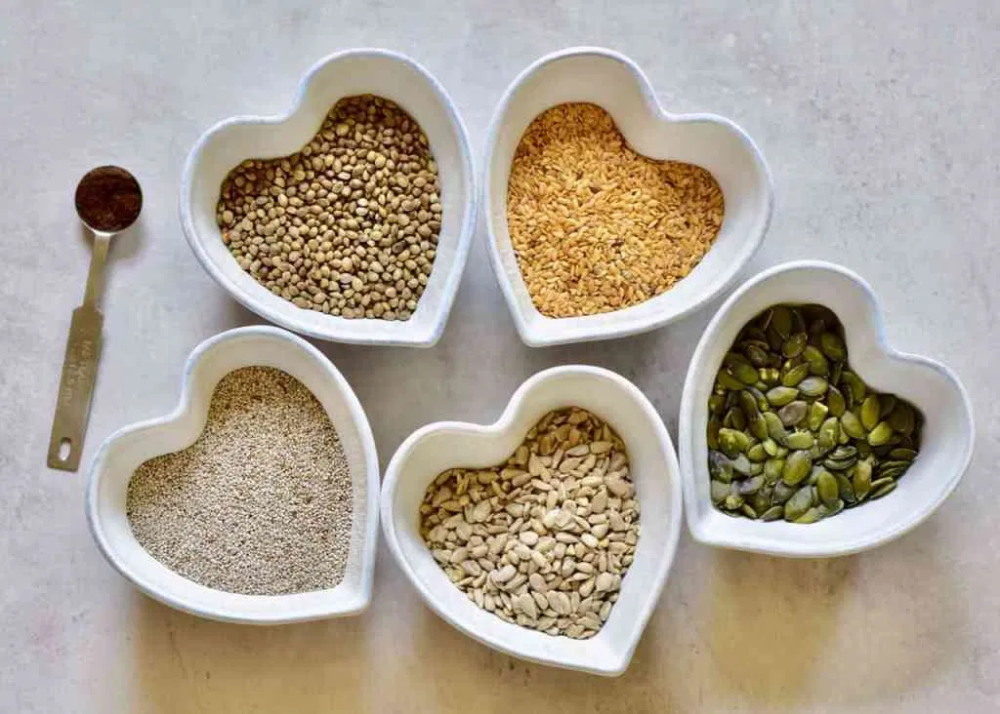 Although this animal is largely omnivorous, seeds are often the main part of its diet. Therefore, for their habitat, animals prefer mixed coniferous-broad-leaved forests or dark coniferous cedar forests.
Although this animal is largely omnivorous, seeds are often the main part of its diet. Therefore, for their habitat, animals prefer mixed coniferous-broad-leaved forests or dark coniferous cedar forests.
How to feed a squirrel in the park
Squirrels are not only funny, but also sociable animals. They often settle in parks and squares, they are friendly to people. Sometimes they may openly beg.
Living in the park, squirrels prefer to eat roots and nuts. They like being fed nuts and cookies. Cookies should be chosen so that they are not too salty or sweet. A good choice in this situation would be the use of crackers.
You can also offer squirrels:
- pieces of apple, pear, banana;
- carrot, cucumber, cabbage;
- raspberries, blueberries, strawberries;
- sunflower seeds, pumpkin seeds.
In the Crimea and the Caucasus, squirrels can live in gardens and vineyards. In addition to their traditional food, they can also eat berries and fruits.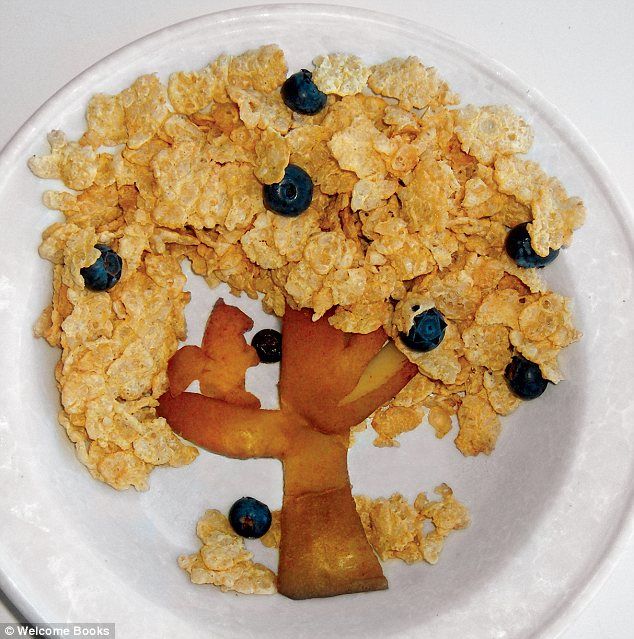
Most of the time they prefer to be in the trees. At the same time, they easily move along the branches or make long gliding jumps. However, they mostly spend part of the winter and spring on the ground. During this period, they can rise only in those cases when it becomes necessary to hide from danger.
What to feed the squirrel at home
This animal is an omnivore. To keep him at home, you can feed him the following food:
- nuts: pine nuts, walnuts, hazelnuts;
- hazelnut;
- chestnuts;
- cones and acorns;
- white wheat bread;
- mushrooms;
- fresh grass and young shoots of plants;
- fruits: apples, pears, peaches, bananas;
- raspberries, blueberries, strawberries, strawberries;
- sunflower seeds, flax seeds, pumpkin seeds;
- vegetables: carrots, marrow, cucumber, pumpkin, cabbage, corn;
- dried fruits: figs, dates, dried apricots;
- fish;
- bird eggs, including chicken eggs;
- baby food, unsweetened yoghurt.
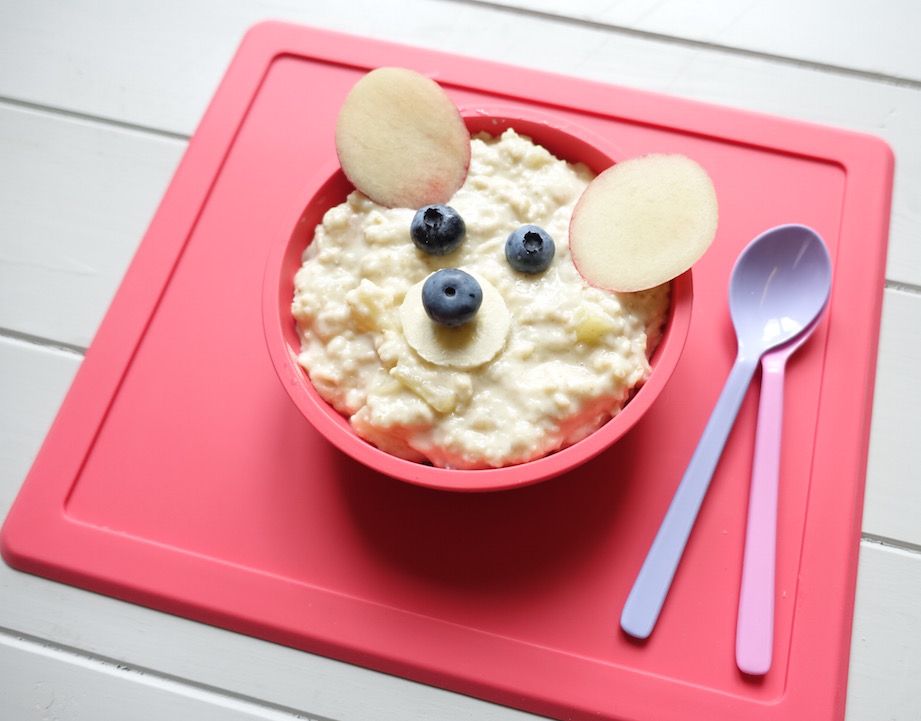
Also in the pet store you can buy ready-made grain mix for squirrels or for rodents.
It is easy to choose food for this animal, but it is necessary to exclude the possibility of overeating. Excessive feeding can cause serious harm to proteins.
Nutritional considerations
When caring for squirrels, it's easy to see that they usually eat what they're given. However, care must be taken not to harm them. Only recommended foods should be given to proteins. In total, squirrels eat more than 130 types of food.
There are norms for the amount of food that say how much is enough for an animal. The squirrel tries to eat everything that is given to it, but when overeating, dangerous consequences can occur. Therefore, it is better to feed her little by little. This is important to keep in mind when feeding in captivity.
It is recommended to wash your hands before giving food. After interacting with animals, it is recommended to use wet wipes for hands.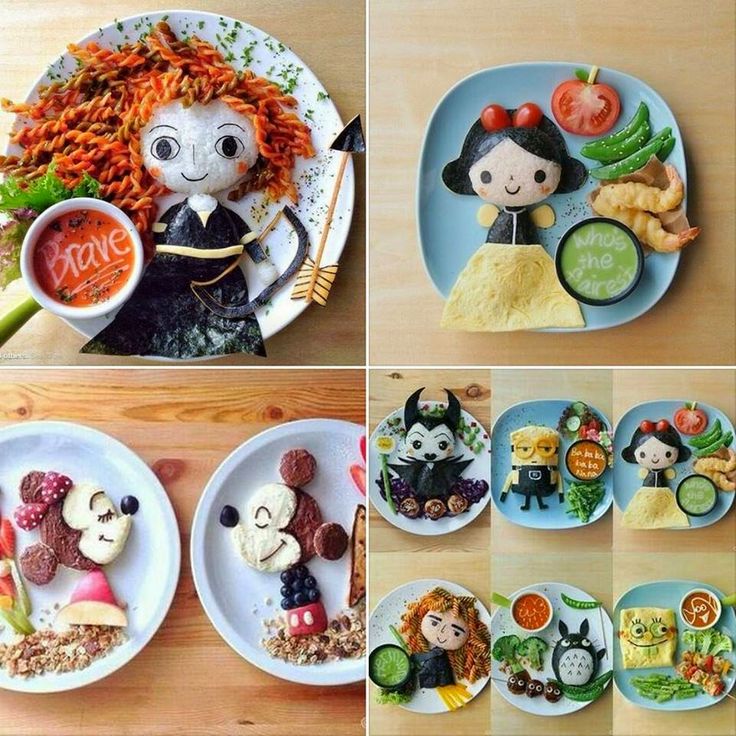 It must be remembered that animals can be carriers of pathogens. After feeding, do not touch your face or rub your eyes.
It must be remembered that animals can be carriers of pathogens. After feeding, do not touch your face or rub your eyes.
During the spring, summer and autumn periods, the squirrel has a lot of food. To feed herself in the difficult winter time, she makes stocks. To do this, it creates various types of caches. For example, she hangs mushrooms on branches, carefully pricking them. To create reserves, animals can simply place food on branches or trunks of fallen trees. Sometimes caches are arranged in tree roots or hollows.
Sometimes squirrel stocks are used by other animals: birds or small rodents. There are cases when brown bears ate such stocks. Squirrels can also find and use hiding places of other animals: chipmunks or mice. They are able to find them even under a one and a half meter layer of snow.
In the wild, animals spend 60%-80% of their time looking for food. They are most active in the morning and evening. When winter frosts come, they rarely try to leave their nests. This can only happen when food is needed.
This can only happen when food is needed.
In winter, the mortality of young animals from starvation in the wild can reach 70-80%.
In the wild, there is no distinct division of areas between different individuals. They can easily violate the borders of neighbors. Moreover, in difficult winter conditions, several squirrels can share one nest among themselves. It is interesting that one animal can arrange several dwellings for itself. Their number can reach up to 15.
What not to feed the squirrel
In order not to harm animals, you need to know what not to feed them. You need to understand that among the products that are common to humans, there are those whose use is dangerous for protein. The following foods should be avoided:
- Smoked products and saltiness of various types.
- Chips, crackers, and various types of store-bought crackers.
- They are not suitable for feeding salted fish.
- Fried food should be avoided for squirrels.



